Thomas Leininger - Mozart: Fantasie, K.397 & Sonatas, K.331, K.332 – Beethoven: Sonata, Op. 2, No. 1 (2019)
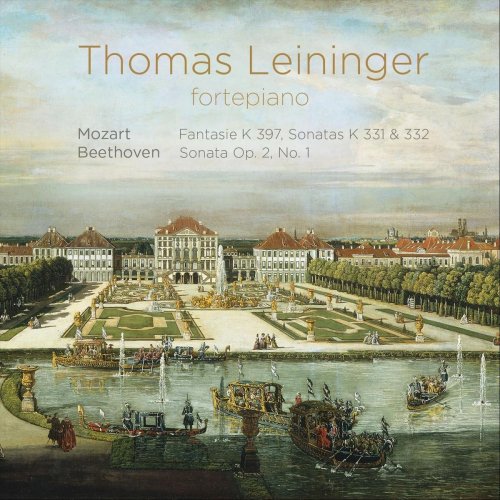
Artist: Thomas Leininger
Title: Mozart: Fantasie, K.397 & Sonatas, K.331, K.332 – Beethoven: Sonata, Op. 2, No. 1
Year Of Release: 2019
Label: Talbot Records
Genre: Classical
Quality: FLAC (tracks)
Total Time: 77:57 min
Total Size: 252 MB
WebSite: Album Preview
Tracklist:Title: Mozart: Fantasie, K.397 & Sonatas, K.331, K.332 – Beethoven: Sonata, Op. 2, No. 1
Year Of Release: 2019
Label: Talbot Records
Genre: Classical
Quality: FLAC (tracks)
Total Time: 77:57 min
Total Size: 252 MB
WebSite: Album Preview
01. Fantasie in D Minor, K. 397
02. Piano Sonata No. 11 in A Major, K. 331: I. Prelude. Andante grazioso
03. Piano Sonata No. 11 in A Major, K. 331: II. Menuetto
04. Piano Sonata No. 11 in A Major, K. 331: III. Rondo alla turca (Allegretto)
05. Piano Sonata No. 12 in F Major, K. 332: I. Prelude. Allegro
06. Piano Sonata No. 12 in F Major, K. 332: II. Adagio
07. Piano Sonata No. 12 in F Major, K. 332: III. Allegro assai
08. Piano Sonata No. 1 in F Minor, Op. 2: I. Prelude. Allegro
09. Piano Sonata No. 1 in F Minor, Op. 2: II. Adagio
10. Piano Sonata No. 1 in F Minor, Op. 2: III. Menuetto
11. Piano Sonata No. 1 in F Minor, Op. 2: IV. Prestissimo
Thomas Leininger’s approach to performing late eighteenth-century fortepiano music by Mozart and Beethoven is rooted in the playing styles of the time, as described in the documents that transmit the practices to us. Thomas not only liberates himself from the written page to embrace a powerful form of musical oratory that lays the foundation for his evocative performing style but he also improvises a prelude before each of the three sonatas.
He begins with Mozart’s Fantasie in D Minor (K.397, 1782 or 1786-7), which sets a tone of spontaneity for the album, and he models his extempore prelude to Mozart’s Sonata in A Major (K.331, 1784) on Muzio Clementi’s “Preludio II alla Mozart” (Musical Characteristics, 1787). Similarly, the prelude to the next work, Mozart’s Sonata in F Major (K.332, 1784), borrows from Clementi, and for Beethoven’s Sonata in F Minor, Op. 2, No. 1 (1796), ideas from both Clementi and Carl Czerny inspired the prelude.
But beyond improvised introductions to the sonatas, Thomas’s oratorical sensibilities extend to many practices typical of late eighteenth- and early nineteenth-century performers – flexibility of rhythm and tempo, ornamental variations, short cadenzas, dislocation of the hands, an individual character for each section of the music, and frequent use of the moderato lever.
He begins with Mozart’s Fantasie in D Minor (K.397, 1782 or 1786-7), which sets a tone of spontaneity for the album, and he models his extempore prelude to Mozart’s Sonata in A Major (K.331, 1784) on Muzio Clementi’s “Preludio II alla Mozart” (Musical Characteristics, 1787). Similarly, the prelude to the next work, Mozart’s Sonata in F Major (K.332, 1784), borrows from Clementi, and for Beethoven’s Sonata in F Minor, Op. 2, No. 1 (1796), ideas from both Clementi and Carl Czerny inspired the prelude.
But beyond improvised introductions to the sonatas, Thomas’s oratorical sensibilities extend to many practices typical of late eighteenth- and early nineteenth-century performers – flexibility of rhythm and tempo, ornamental variations, short cadenzas, dislocation of the hands, an individual character for each section of the music, and frequent use of the moderato lever.
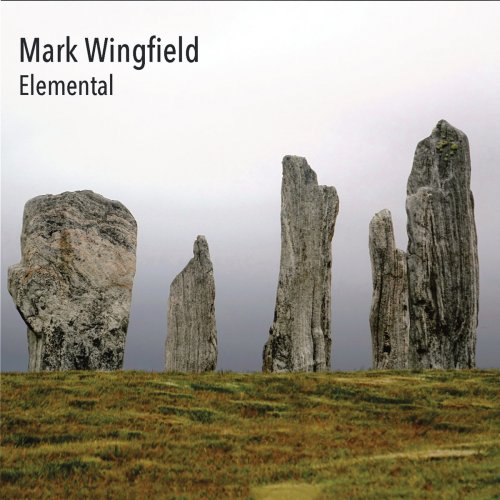
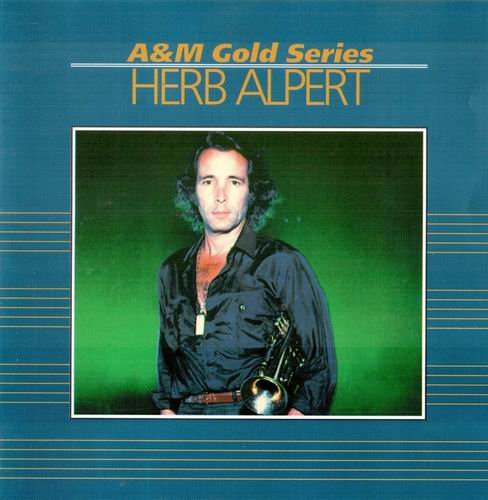
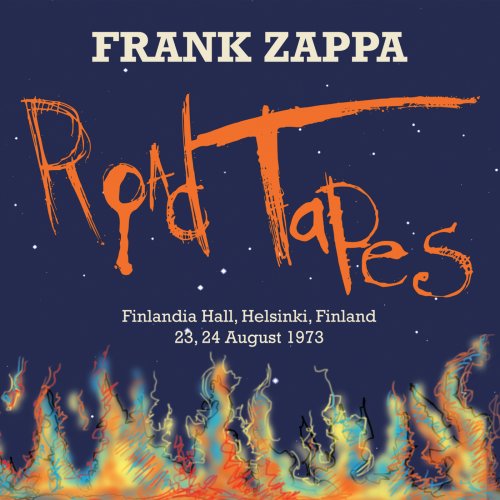
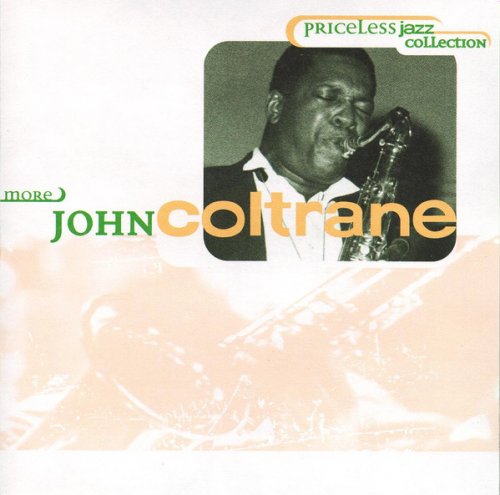
![Frank Sinatra, Count Basie - It Might As Well Be Swing (1964) [2021 SACD] Frank Sinatra, Count Basie - It Might As Well Be Swing (1964) [2021 SACD]](https://www.dibpic.com/uploads/posts/2025-12/1766090910_scan-1.jpeg)
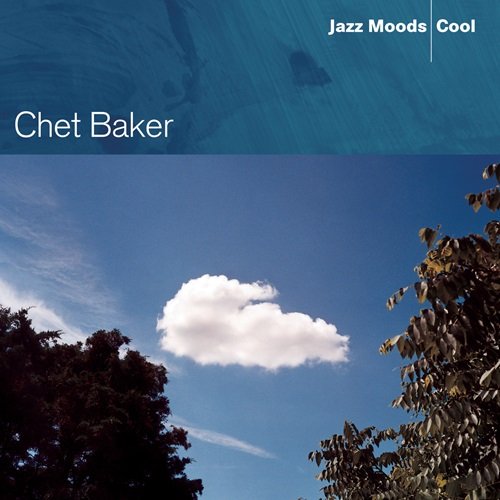
![The Mood Mosaic - Soul Seduction (2025) [Hi-Res] The Mood Mosaic - Soul Seduction (2025) [Hi-Res]](https://www.dibpic.com/uploads/posts/2025-12/1766135288_d5rmbmuwqtmya_600.jpg)
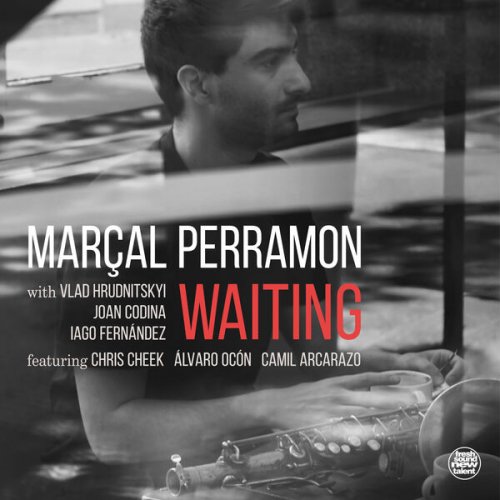
![Bryan Ferry - Bitter-Sweet (2018) [Hi-Res] Bryan Ferry - Bitter-Sweet (2018) [Hi-Res]](https://www.dibpic.com/uploads/posts/2018-11/1543491501_folder.jpg)